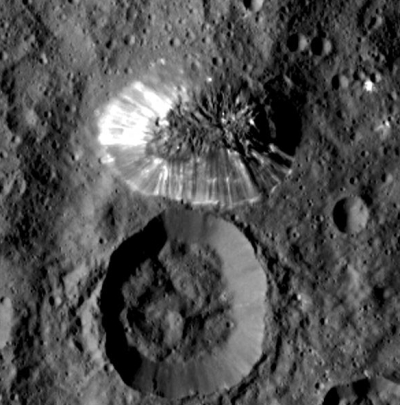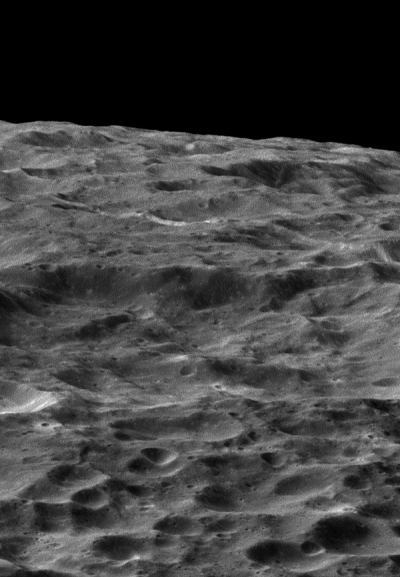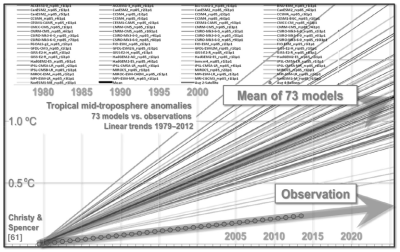Cubesats to the Moon!
NASA has chosen three cubesat missions to fly lunar planetary orbiters to the Moon, to be launched on the first SLS flight in 2018.
LunaH-Map, along with a number of other deep-space CubeSats, is a candidate to fly to lunar orbit on Exploration Mission-1, the first flight of NASA’s Space Launch System (SLS), which will be the most powerful rocket ever built and will enable astronauts in the Orion spacecraft to travel deeper into the solar system. NASA will provide several CubeSat missions spots on the maiden SLS mission. LunaH-Map is a 6U (“6 unit”) CubeSat. One “unit” is a cube measuring 4.7 inches on a side; LunaH-Map strings six of these CubeSat building blocks together and weighs as much as a small child (about 30 pounds). …
“NASA has funded three different CubeSats to learn more: Lunar IceCube, Lunar FLASHLIGHT and LunaH-Map. They all look for water in different ways and provide different types of information,” [said principal investigator Craig Hardgrove].
The article is focused on LunaH-Map, not on the other two cubesats, but the fact that NASA plans to use “the most powerful rocket ever built” to launch the first three planetary cubesats, so small they could almost be launched by a model rocket, illustrates some of the problems of the SLS program. Even though that first SLS flight is likely to happen, I suspect that, should it falter for any reason (something that would not surprise me), these cubesats could easily be launched on another rocket, and will be.
Putting SLS aside, however, the building of these first planetary cubesats is a very significant development. It once again signals the way unmanned satellite engineering is evolving, finding ways to build spacecraft smaller and less costly.
NASA has chosen three cubesat missions to fly lunar planetary orbiters to the Moon, to be launched on the first SLS flight in 2018.
LunaH-Map, along with a number of other deep-space CubeSats, is a candidate to fly to lunar orbit on Exploration Mission-1, the first flight of NASA’s Space Launch System (SLS), which will be the most powerful rocket ever built and will enable astronauts in the Orion spacecraft to travel deeper into the solar system. NASA will provide several CubeSat missions spots on the maiden SLS mission. LunaH-Map is a 6U (“6 unit”) CubeSat. One “unit” is a cube measuring 4.7 inches on a side; LunaH-Map strings six of these CubeSat building blocks together and weighs as much as a small child (about 30 pounds). …
“NASA has funded three different CubeSats to learn more: Lunar IceCube, Lunar FLASHLIGHT and LunaH-Map. They all look for water in different ways and provide different types of information,” [said principal investigator Craig Hardgrove].
The article is focused on LunaH-Map, not on the other two cubesats, but the fact that NASA plans to use “the most powerful rocket ever built” to launch the first three planetary cubesats, so small they could almost be launched by a model rocket, illustrates some of the problems of the SLS program. Even though that first SLS flight is likely to happen, I suspect that, should it falter for any reason (something that would not surprise me), these cubesats could easily be launched on another rocket, and will be.
Putting SLS aside, however, the building of these first planetary cubesats is a very significant development. It once again signals the way unmanned satellite engineering is evolving, finding ways to build spacecraft smaller and less costly.

 />
/>








